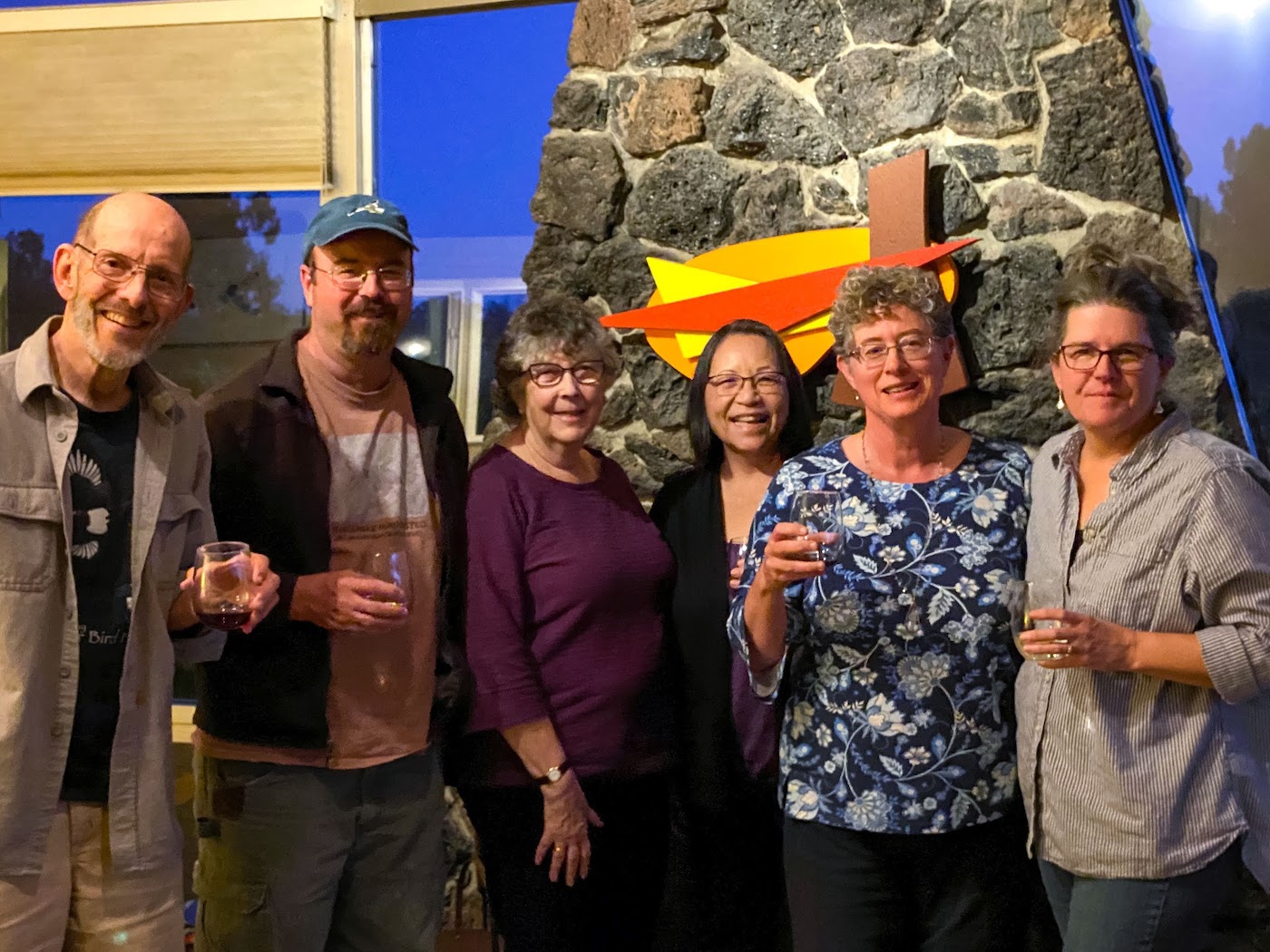The 120th Annual Christmas Bird Count

The Christmas Bird Count (CBC) is the longest running citizen science survey in the world, with origins dating to December 1900 when ornithologist Frank Chapman asked people to count birds not hunt them for sport at Christmas time. This shift began an international bird species count to help birds repopulate that had begun to decline due to the annual hunt.
The local count was done on January 4, 2020, led by Rebecca Coulter,a 25-yearbird expert and director since 2015. Assisting her on this important census are Joan Murdoch, Libby Patten, and Liz Muraoka on the Coordination and Compiling Team. Joan manages participants and group development, Libby manages the Santa Barbara CBC website and tracks rarity data, and Liz manages social media content and count day reporting. Bill Pollock designs the count data spreadsheet, Glenn Kincaid is the area bird count map-maker, boat captain Peter Grim leads the ocean birders, and Montecito’s Joan Lentz, the former CBC Director for SB and published local birding expert. Rebecca thanks David Compton, Wim Van Dam, thevolunteers of all ages and backgrounds, and the SB Audubon Society.

Our area for the bird count covers a 15-mile diameter, centered at Hwy 154 and Foothill Road, Santa Barbara. The approximate count circle boundaries are: San Ysidro Road on the east, Paradise Road on the north, Coronado Road on the west, five miles offshore on the south by boat. The count includes sea birding onboard a boat, as well as night birding volunteers trained in hearing and sighting night birds, such as the Great-horned Owl, Western Screech Owl, Spotted Owl, the Northern Saw-whet Owl, the Common Poorwill. There is also a Carpinteria CBC, which includes parts of eastern Montecito. This all-volunteer project is powered annually by over 200 locals, six counting night birds and nine counting sea birds (three on a boat and six onshore).
Rebecca’s Data:
Q. Number of species found this year?
A. Preliminary species total is 204. It’s too early to know our state and country ranking, as compilers have not completed our data crunching. We are probably among the top three counts in the state.
The top five species new to our area?
New to our count this year: Yellow-crowned Night Heron, closely related to the Black-crowned Night Heron and recently expanding its range to the northwest.Other rarities: Tufted Duck, returning for its seventh winter, Short-eared Owl, on More Mesa in Goleta and Yellow-bellied Sapsucker in Goleta. Three species of swallow: Northern Rough-winged Swallow, Tree Swallow, and Barn Swallow. Swallows are usually present only in migration or in spring/summer.
What common birds have left or joined our area?
We are just beginning the process of compiling numbers for SB, but a general trend in California is that many land bird species are low this year, particularly most sparrows. We missed several seabird species: Caspian and Forster’s terns, Common Murre (second year in a row), and Bonaparte’s Gull. And many birds of open country are especially sensitive to habitat loss: American Kestrel, Loggerhead Shrike, and Golden Eagle. We often miss Golden Eagle – as we did this year – and we have seen both Kestrel and Shrike numbers plummet in recent years.
411: www.santabarbaraaudubon.org or http://casbbirdcount.org/







